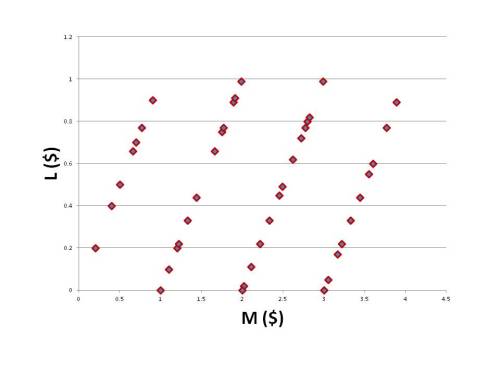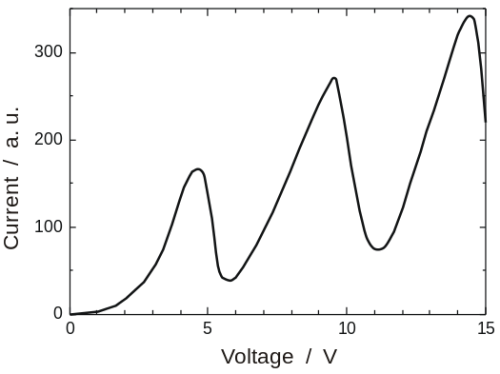[This blog post was written by a guest columnist, a D-student in freshman physics who will remain anonymous]
10. It’s winter because we’re far from the Sun
Everyone knows that it’s cold in January because, well, we’re farther from the Sun that usual. The orbit of the Earth is elliptical, so in the Summer we’re closer to the Sun, like Mercury. I have no idea why the seasons are reversed in Australia…maybe it’s because they’re upside-down?
9. Force is non-reciprocal
I tug on a rope with a force of 100 N. On the other end of the rope is a football player; let’s say Greg Olsen (TE for the Carolina Panthers, of course, but you knew that I’m sure). With what force is Greg Olsen pulling on the rope? It must be much more than 100 N, because a football player is stronger than me.
8. Areas and volumes have the same conversion factors as linear units
If 100 cm = 1 m, then 100 cm2 = 1 m2. This is so obvious it doesn’t merit comment. Another way to look at it is that a meter and a square meter are, basically, the same thing.
7. Acceleration is the same as speed
Acceleration is, like, how fast you’re going. So if I throw a ball straight up, at the top of its arc, its speed is zero, so its acceleration must be zero. Can I have some of those Cheetos?
6. Weight and mass are the same
I was asked in lab the other day to find the weight of a brass cylinder. So I did: I weighed it, and got that its weight was 250 g. I was then asked to find the force due to gravity on the object, but I don’t know how to do that. Oh, I have to go; I’m rushing Phi Upsilon.
5. There’s a magical force that appears whenever you move in a circle
So, I was driving the Tail of the Dragon on my scooter the other day, and almost got pulled off the road because of centrifugal force. That’s another kind of force; you know, like gravity, friction, drag, spring force…centrifugal force. It appears whenever you move in a circle. It’s directed outward. It is a repulsive force, the opposite of gravity.
4. Objects have a memory of circular motion
If you spin a circle with a ball in your hand, then let go, the ball will spiral outward (obviously) because by the 1st Law objects in motion stay in the same kind of motion that they had before: circularly moving objects keep moving in a circle, etc. I might then wonder why my scooter didn’t keep going in a circle in spite of centrifugal force, but luckily I don’t ever experience cognitive dissonance.
3. There’s no gravity in space
Here’s a spoiler in case you didn’t see Gravity with Sandra Bullock and George Clooney. In the scene where Sandra Bullock is knotted up in some ropes, she tries to hold on to George Clooney, but lets go. Of course then George Clooney plummets towards the Earth, because of gravity. They must have been right at the invisible border between space and not-space, where gravity suddenly drops to zero.
2. g stands for “gravity”
The formula for weight is w = mg, which stands for mass times gravity. g is gravity. It’s like a force or something. I have no idea why my instructor winces every time I say this.
1. No net force means no movement
This is the most obvious one of all. On one of our homework problems, there were only two forces acting on a box: 50 N up, and 50 N down. The net force is clearly zero. So the box cannot be moving! Therefore v = 0 (duh!) But my professor marked this wrong. She said that v might be 50,000 m/s for all we know. That makes no sense! Physics is too hard.
**********************************************************************************
If you enjoyed this post, you may also enjoy my book Why Is There Anything? which is available for the Kindle on Amazon.com.
I am also currently collaborating on a multi-volume novel of speculative hard science fiction and futuristic deep-space horror called Sargasso Nova. Publication of the first installment will be January 2015; further details will be released on Facebook, Twitter, or via email: SargassoNova (at) gmail.com.







